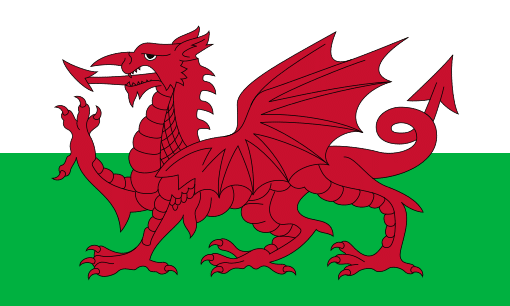Soccer
There is no sport more popular to play or to watch around the world than soccer. Communities have been built, and memories have been made from the beautiful game ever since it started to form in the late 19th century. And it’s still growing in popularity year after year.
About Soccer
History of Soccer
The Formation of Soccer
Sports that involved kicking a ball in one way or another have been around for centuries in many different cultures. But one form began to take particular prominence at the end of the 19th century.
For the first few years, this formation happened primarily in Britain. But it wasn’t long before this early version of football was exported and taken up very enthusiastically in Europe and South America.
The women’s game also had spikes of huge popularity in the game’s early days.
First Official Football Cup
The English FA Cup, which continues to this day, was the world’s first official competition. It started in 1872. That year the first-ever international football match also took place between England and Scotland.
Keeping Things Amateur
Early on, there was significant resistance against professionalizing soccer, even in countries where it was wildly popular. But this resistance was never going to last forever, and by the turn of the century, England and Scotland had transitioned to professional football.
Other countries, however, held out longer. In a battle that would go on throughout the 20th century, many clubs outside of England and Scotland still faced punishment if they were caught paying their players.
The Game Goes Global
The first soccer World Cup took place in Uruguay in 1930, and South American sides dominated the competition’s early days. Meanwhile, the global governing body FIFA was a hotly contested entity, with Europeans and Americans pressing for decisions that benefited them.
The power in soccer remained relatively balanced between Europe and South America for most of the 20th century. Other regions still enjoyed the sport, but their domestic leagues and national teams have never come close to the best.
Europe Takes Control
Towards the end of the 20th century, Europe started pouring more money into the sport, tempting the game’s best players away from South America.
The introduction of the Premier League in England in 1992 marked a level of investment that South America couldn’t keep up with, and the disparity between the two continent’s domestic games has grown ever since. However, while the domestic leagues of Europe and South America sit in stark contrast to one another, the world’s best national sides still come from both continents.
Soccer Rules — The Basics
- Soccer is played by two teams, each with 10 outfielders and 1 goalkeeper.
- Both teams attempt to score the most goals — the team with the most goals wins.
- To score a goal, teams shoot the ball into the opposition’s goal – a rectangular frame with a net attached to it.
- Players usually kick the ball when passing or scoring a goal. However, they may also use any other body parts apart from their arms and hands.
- Soccer is a contact sport, but trying to dispossess the opposition can’t be done too forcefully. While referees generally have room to interpret a game’s intensity, rules stipulate that you should play the ball before the man and that pulling/shirt tugging is not allowed.
- Not attempting to take the ball when tackling normally results in a yellow card. Two yellow cards equal a red card.
- Tackles with perceived malicious intent result in an instant red card.
- A red card means the player must sit out the rest of the match, and a substitute can’t fill their place.
- Matches have two 45-minute halves, with teams switching which end of the field they’re trying to score on at halftime.
- Each team’s designated goalkeeper can touch the ball with their hands, providing they do so in the “penalty box” that sits in front of the goal they’re protecting.






































